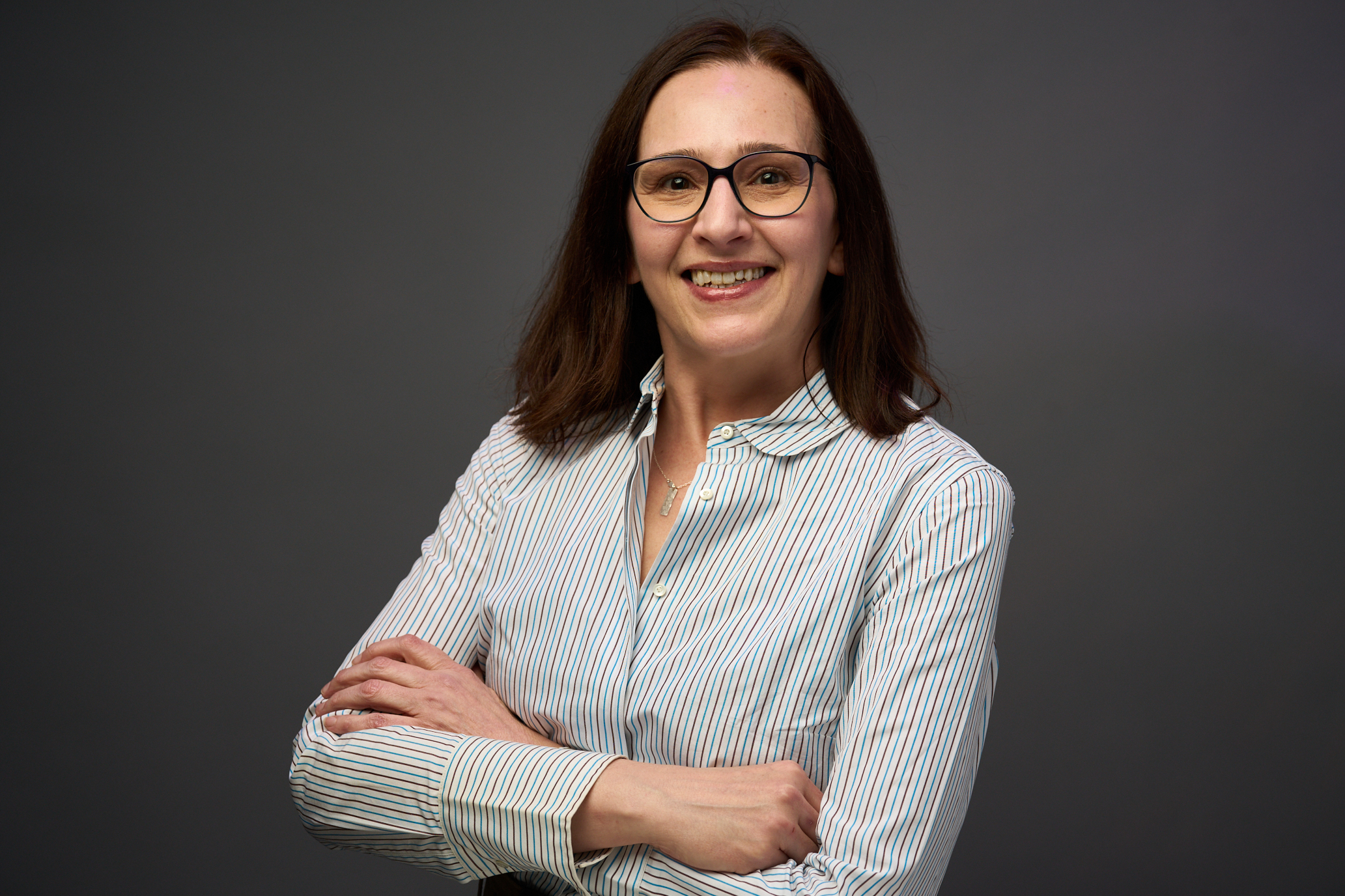Bond Basics: The Relationship Between Yield and Price
You'll know how much interest you'll receive from the beginning, but you can also profit from price moves on the secondary market.


Bonds can help diversify your portfolio, but they are not risk-free. Understanding the relationship between yield and price is key to getting the most from the bonds in your portfolio. Find out how bonds work and how to put them to work for you.
Par value and the coupon rate
When a new bond is issued, the interest rate it pays is called the coupon rate, which is the fixed annual payment expressed as a percentage of the face value. For example, a 5% coupon bond pays $50 a year interest on each $1,000 of face value, a 6% coupon bond pays $60 and so forth. That's what the issuer will pay — no more, no less — for the life of the bond.
But it may or may not be the yield you can earn from that issue, and understanding why is the key to unlocking the real potential of bonds.
From just $107.88 $24.99 for Kiplinger Personal Finance
Become a smarter, better informed investor. Subscribe from just $107.88 $24.99, plus get up to 4 Special Issues

Sign up for Kiplinger’s Free Newsletters
Profit and prosper with the best of expert advice on investing, taxes, retirement, personal finance and more - straight to your e-mail.
Profit and prosper with the best of expert advice - straight to your e-mail.
When interest rates change
When interest rates go up
Take a new bond with a coupon interest rate of 6%, meaning it pays $60 a year for every $1,000 of face value. What happens if interest rates rise to 7% after the bond is issued? New bonds will have to pay a 7% coupon rate or no one will buy them. By the same token, you could sell your 6% bond only if you offered it at a price that produced a 7% yield for the buyer. So the price at which you could sell would be whatever $60 represents 7% of, which is $857.14. Thus, you'd lose $142.86 if you sell. Even if you don't sell, you suffer a paper loss because your bond is now worth $142.86 less than you paid for it. It is selling at a discount.
When interest rates go down
What if interest rates were to decline? Say rates drop to 5% while you're holding your 6% bond. New bonds would be paying only 5% and you could sell your old bond for whatever $60 represents 5% of. Because $60 is 5% of $1,200, selling your 6% bond when interest rates are at 5% would produce a $200 capital gain. That $200 is called a premium.
Other factors that could magnify or diminish the impact of rate changes
Actual prices are also affected by the length of time left before the bond matures and by the likelihood that the issue will be called. But the underlying principle is the same, and it is the single most important thing to remember about the relationship between the market value of the bonds you hold and changes in current interest rates: As interest rates rise, bond prices fall; as interest rates fall, bond prices rise. The further away the bond's maturity or call date, the more volatile its price tends to be.
Types of yield
The actual yield depends in large part on where interest rates stand the day the bond is purchased. Because of this relationship, the vocabulary of the bond market needs more than one definition for yield.
Coupon yield, as described above, is the annual payment expressed as a percentage of the bond's face value.
Current yield is the annual interest payment calculated as a percentage of the bond's current market price. A 5% coupon bond selling for $900 has a current yield of 5.6%, which is figured by taking the $50 in annual interest, dividing it by the $900 market price and multiplying the result by 100.
Yield to maturity includes the current yield and the capital gain or loss you can expect if you hold the bond to maturity. If you pay $900 for a 5% coupon bond with a face value of $1,000 maturing five years from the date of purchase, you will earn not only $50 a year in interest but also another $100 when the bond's issuer pays off the principal. By the same token, if you buy that bond for $1,100, representing a $100 premium, you will lose $100 at maturity. The yield to maturity can dramatically affect investment results.
Bottom line
Most bonds can be traded on the secondary market after you buy them. Understanding the relationship between the yield of your bond and its price will give you a full picture of what you own and how to use its value to your best advantage. You'll be able to see beyond the coupon payments and discern the value the bond may bring in the market. Being able to do a rough calculation will help you decide if holding or selling is your best move.
Related content
Profit and prosper with the best of Kiplinger's advice on investing, taxes, retirement, personal finance and much more. Delivered daily. Enter your email in the box and click Sign Me Up.

Donna joined Kiplinger as a personal finance writer in 2023. She spent more than a decade as the contributing editor of J.K.Lasser's Your Income Tax Guide and edited state specific legal treatises at ALM Media. She has shared her expertise as a guest on Bloomberg, CNN, Fox, NPR, CNBC and many other media outlets around the nation. She is a graduate of Brooklyn Law School and the University at Buffalo.
-
 Forget FIRE: Why ‘FILE’ Is the Smarter Move for Child-Free DINKs
Forget FIRE: Why ‘FILE’ Is the Smarter Move for Child-Free DINKsHow shifting from "Retiring Early" to "Living Early" allows child-free adults to enjoy their wealth while they’re still young enough to use it.
-
 7 Tax Blunders to Avoid in Your First Year of Retirement
7 Tax Blunders to Avoid in Your First Year of RetirementA business-as-usual approach to taxes in the first year of retirement can lead to silly trip-ups that erode your nest egg. Here are seven common goofs to avoid.
-
 How to Plan for Social Security in 2026's Changing Landscape
How to Plan for Social Security in 2026's Changing LandscapeNot understanding how the upcoming changes in 2026 might affect you could put your financial security in retirement at risk. This is what you need to know.